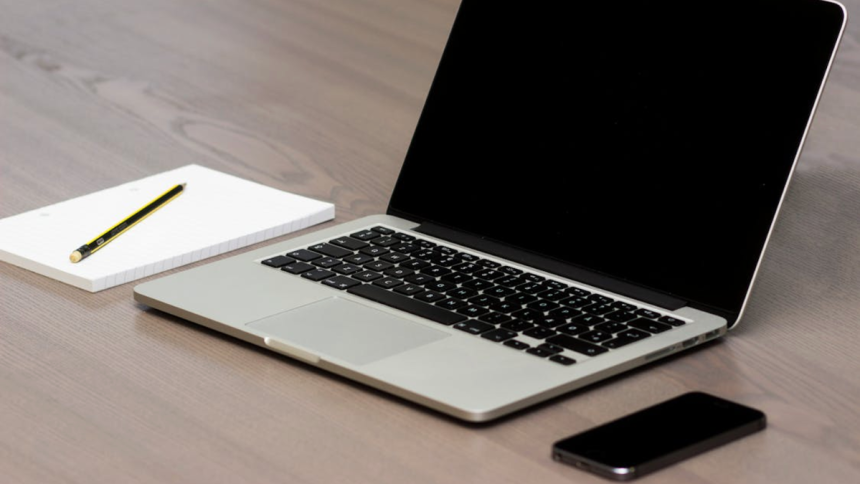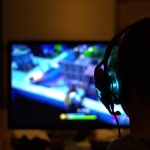In a world where screens are everywhere, it’s easy to feel overwhelmed by constant notifications, endless scrolling, and the pressure to stay connected. That’s where digital minimalism comes in – a simple way to take control of your tech use and focus on what really matters. This guide will walk you through the basics, give you practical steps to start, and show you how to build long-term habits for a calmer, more intentional life.
What Is Digital Minimalism? The Philosophy Explained
So, what is digital minimalism? At its core, it’s about using technology with purpose. Instead of letting your phone or apps control your time, you choose what deserves your attention and cut out the rest. It’s not about ditching all tech – think of it as decluttering your digital life, like you’d tidy up a messy room.
The idea comes from the belief that less can be more. By focusing on a few meaningful apps, activities, or connections, you free up time and mental space. Studies show that too much screen time can stress us out, mess with our sleep, and even make us less productive. Digital minimalism helps you by making you use tech to support your goals, not distract you from them.
Here’s what digital minimalism looks like in practice:
- You check your phone when you want to, not every time it pings
- You use apps that add value, like a fitness tracker or a note-taking tool, but skip mindless games
- You spend more time on real-world hobbies, relationships, or just living without a screen
It’s about quality over quantity, and it starts with understanding what you want from your tech.
The Digital Minimalism Checklist: Starter Plan
Ready to try it? The digital minimalism checklist is a simple way to get started. This plan helps you evaluate your tech habits and make small changes that make a big difference. Grab a notebook or open a note app, and work through these steps over a week or two:
- Track Your Tech Use. For a couple of days, write down how much time you spend on your phone, computer, or TV. Most phones have built-in screen time reports – check those out. Be honest! You might be surprised how much time goes to scrolling or random apps.
- List Your Priorities. Write down what matters most to you – maybe it’s family, exercise, work, or learning something new. Then, look at your tech use. Does it support those priorities, or is it pulling you away?
- Declutter Your Devices. For digital minimalism, go through your phone and delete apps you don’t need. Unsubscribe from spammy emails. Turn off notifications for anything that’s not essential. Keep only what aligns with your priorities.
- Set Boundaries. Decide when and where you’ll use tech. For example, no phones at dinner or no social media after 9 p.m. Stick to these rules for a few days and see how it feels.
- Test a Mini-Detox. Pick one app or device (like social media or your laptop) and take a 24-hour break. Use that time to do something offline, like reading or going for a walk. Notice how you feel afterward.
This checklist isn’t about perfection – it’s about starting small. Even one or two changes can make a big difference in how you feel.
Social Media Detox: How to Quit Without FOMO
Social media can be fun, but it’s also a time-stealer that leaves many of us feeling drained or anxious. A social media detox is a great way to hit reset and figure out how much you really need it. The best part? You can do it without missing out on what matters.
Here’s how to take a break without the fear of missing out:
- Start with a Clear Goal. Decide why you’re detoxing. Maybe you want more time for hobbies, better focus at work, or just less stress. Knowing your “why” keeps you motivated.
- Set a Time Limit. A detox doesn’t have to be forever. Try a weekend, a week, or even a month. Short breaks are easier to stick with, and you can always extend them.
- Tell Your Friends. As a digital minimalist, let close friends know you’re taking a break so they don’t worry if you’re not replying. If you need to stay in touch, share your phone number or email for real conversations.
- Replace the Habit. Social media fills gaps in your day, so find other ways to use that time. Try a new hobby, like drawing or cooking, or catch up with a friend in person. Keep your hands and mind busy.
- Ease Back In (If You Want). After your detox, decide how much social media you actually need. Maybe you’ll check one app once a day or only follow accounts that inspire you. The goal is to use it on your terms.
A detox can show you how much lighter life feels without constant likes, comments, or comparisons. Many people find they don’t miss it as much as they thought.
Mental Detox Practices to Pair with Digital Minimalism
Cutting back on tech is awesome, but pairing it with a mental detox takes things to the next level. These practices help clear your mind, reduce stress, and keep you grounded as you simplify your digital life.
Here are some easy ways to refresh your brain:
- Meditation or Deep Breathing. Spend 5-10 minutes a day sitting quietly and focusing on your breath. Apps like Calm or Headspace can guide you, but you don’t need them — just find a quiet spot. It’s like a mini-vacation for your mind.
- Journaling. Write down your thoughts, worries, or gratitude list each morning or night. It helps you process emotions and stay focused on what’s important. Pen and paper work best, but a simple note app is fine, too. And to support your mental health, consider help from Start My Wellness.
- Nature Time. Get outside for a walk, hike, or just sit in a park for mental detox. Studies show nature lowers stress hormones and boosts mood. Leave your phone at home or on silent to really soak it in.
- Limit News Consumption. News can be overwhelming, especially online. Pick one or two trusted sources and check them once a day. Skip comment sections or debates that get you worked up.
- Gratitude Practice. Each day, think of three things you’re thankful for. It could be a good meal, a kind friend, or a sunny day. This shifts your focus to the positive and helps you stay present.
These practices don’t take much time, but they pair perfectly with digital minimalism. Together, they create a calmer, clearer headspace.
Becoming a Digital Minimalist: Long-Term Habits
Once you’ve tried the checklist and a detox, it’s time to think long-term. Becoming a digital minimalist isn’t about one big change – it’s about building habits that keep your tech use intentional for years to come.
Here’s how to make it stick:
- Review Your Tech Use Monthly. Every month, check your screen time and app usage. Are you getting back to old habits? Adjust as needed, like deleting new apps or tweaking notifications.
- Create Tech-Free Zones. Make certain places or times screen-free, like your bedroom, bathroom, or family meals. These boundaries protect your focus and relationships.
- Take Regular Digital Breaks. Every few months, take a digital detox challenge – a week or weekend without non-essential tech. It’s like a reset button that reminds you what life feels like offline. Invite friends or family to join for extra fun.
- Curate Your Feeds. If you use social media or news apps, follow only accounts that add value, like ones that teach you something or make you smile. Unfollow anything that stresses you out or feels like a waste of time.
- Invest in Offline Hobbies. Pick up activities that don’t need a screen. Try reading, gardening, or playing an instrument. These give you joy and purpose without relying on tech.
- Model It for Others. Share your journey with friends or family. Not only does it keep you accountable, but it might inspire them to try digital minimalism, too.
Being a digital minimalist is about progress, not perfection. Some days, you’ll make mistakes, and that’s okay. The goal of social media detox is to keep tech in its place – as a tool, not a boss.
Digital minimalism isn’t just a trend; it’s a way to live with more intention. By starting with a checklist, trying a social media detox, pairing it with mental detox practices, and building long-term habits, you can create a life where tech supports you, not controls you. Give it a try, and you might be surprised how much calmer and happier you feel.
Lynn Martelli is an editor at Readability. She received her MFA in Creative Writing from Antioch University and has worked as an editor for over 10 years. Lynn has edited a wide variety of books, including fiction, non-fiction, memoirs, and more. In her free time, Lynn enjoys reading, writing, and spending time with her family and friends.















